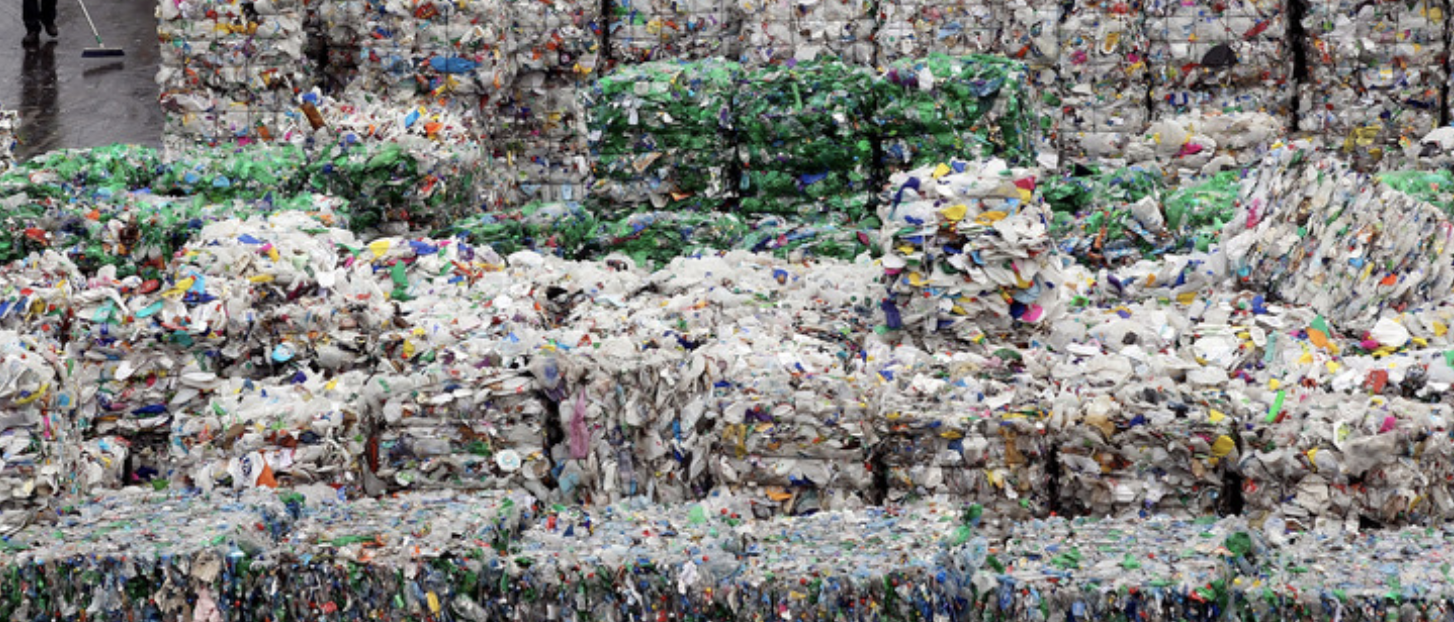Part of our investment discovery process at Loup is to identify large problems, define the problems in our structure of cost/convenience/moral, figure out the best way to solve the problem, then find the companies doing it. We plan to regularly write about problems we identify as part of our 99 Problems series.
Global sustainability is one of the most pressing issues today and we believe there is a massive opportunity for startups to address the problem of waste in the US. The US generates over 260M tons of waste per year – that is roughly 12% of global waste with only 4% of the population. The current solution to this problem is recycling, but recycling is not a long term solution to sustainability. We’ve identified the following problems in the recycling industry today:
Cost
Recycled goods are a commodity with a large global marketplace subject to the forces of supply and demand. Suppliers (Waste Management and other waste services) collect goods from recycling bins, sort the goods, bail them, and then sell them both domestically and abroad to be used as raw materials. Until early 2018, the US exported about one-third of its recyclable waste. This amounts to 20-30M tons of waste going overseas. The majority went to China. Then in 2018, China halted imports of US recycled goods and shocked the market. As a result, the price of recycled goods (mostly plastic and waste paper) plummeted. To recoup their losses, waste management services began charging municipalities more for their recycling programs and cities were burdened with higher costs. Many cities are opting to cancel their recycling efforts all together instead of covering the costs by raising taxes or cutting other programs. Last month, California’s largest recycling center closed all of its CA locations citing depressed prices and increased operating costs. Domestic demand is not enough to drive meaningful profits. Without the large international market driven by China, it is becoming harder to operate recycling programs in the black.
Quality
When China pulled out of the market in 2018 they blamed low quality, contaminated goods as the main reason. At the time, huge demand for recycled goods led to business practices that valued quantity over quality, most of which are still standard operating procedure. One of these practices is single-stream recycling – simply put, not all recyclables are made equal, but for convenience, we put all of our recyclables in the same bin to get picked up once a week. While this is more convenient for the consumer and for waste management companies, it leads to commingling different grades of quality, inconsistent sorting, and eventually to contamination. The rise of e-commerce and package delivery has increased the cardboard and waste paper picked up curbside. These boxes are likely to get wet and damaged making them less valuable to buyers and harder to sell. Moreover, many plastics are dyed to catch the consumer’s eye on the shelf (think bright orange Tide laundry detergent). The additional chemicals in colored plastics, even white, make the goods harder to recycle and less valuable in the marketplace.
Sustainability
Plastics and waste paper were not designed with recycling in mind, so the process of recycling breaks down the chemical composition of plastics and papers with each cycle. As a result, plastics can only be recycled 6-7 times and, even worse, paper can only be recycled 4-6 times before it is unusable. After that, the waste is burned for energy or ends up in a landfill. The only truly sustainable recyclables are aluminum, steel, and glass, which can be recycled an infinite amount of times. Unfortunately, paper and cardboard (the least sustainable) account for 67% of recycled goods and metals only account for 12%. So 67% of our recycled goods will end up incinerated or in a dump after only 6 cycles, at best. To make matters worse, while 75% of waste is recyclable, the US’s recycling rate is only around 35%. That equates to over 100 million tons of recyclable waste that ends up in landfills or burned every year.
Are we suggesting an end to recycling? Absolutely not. In the short term, solutions to the recycling problem could be a big opportunity. Helping bring the recycling rate up, making sorting more accurate and efficient, and reducing contamination are problems worth addressing. But long term, we believe incentivizing a new market for reducing and reusing goods is a larger opportunity that addresses the issue of waste at large. Of the 260M tons of waste generated in the US per year, approximately 35% is recycled or composted, 15% is burned for energy, and the remaining 50% ends up in landfills. Merely fixing recycling doesn’t even address half of the problem. Big winners in sustainability will need to do one of two things:
- Reduce waste. This could be consumer-facing brands such as byta and Lush that emphasize sustainable practices. It could also be a B2B company that helps retailers eliminate plastics and other waste or replaces non-sustainable recyclables with aluminum or glass. We see an opportunity to help Amazon and other package delivery services to find ways to reduce curbside cardboard.
- Reuse materials. Apple and Patagonia are great examples of companies reusing through refurbishment and repairs. Textiles and clothing create over 11M tons of waste per year, but a lot of the fabrics are reusable. TheRealReal repurposes luxury clothing into new styles, and there is an opportunity for someone to do something similar with non-luxury goods.
Global sustainability is a huge opportunity that is much bigger than reducing, reusing, and recycling. But these three Rs are a way for consumers and businesses to make a real change. The biggest hurdle to solving the moral problem of sustainability will be avoiding the creation of a convenience problem. In order to truly attack this issue entrepreneurs will need to find creative, cost-effective, and highly convenient ways for consumers to reduce and reuse, and if all else fails, recycle.
